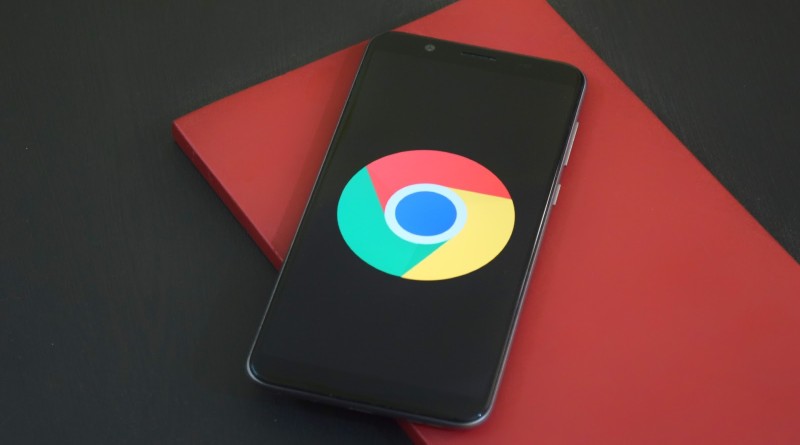According to Wikipedia, over 60 percent of users prefer Google Chrome over any other browser.
When you have been using the same browser for a while, you get used to it and do not think about making a switch. But there are times when Chrome’s performance begins to dip. A slow browser ruins internet browsing experience.
Does Google Chrome quit unexpectedly for you? Or it takings too long to load a page? And if these problems persist, you have to be proactive and get to the root of the issue. Taking these steps will boost Chrome’s performance and allow you to enjoy surfing the internet again.
Table of Contents
ToggleStep #1 – Reduce the Number of Apps and Extensions
Chrome can be customized thanks to extensions and applications. Extra features expand the capabilities of the browser. However, every extension or app requires resources to operate. The more you install, the bigger the toll it will take on your system.
The resources are not the only requirement. Some Chrome apps and extensions need access to browsing activity.
Periodically checking the list of apps and extensions and removing any that you no longer need is one of the best parts of advice you can find on boosting Chrome’s performance.
You can type “chrome: extensions” in the browser’s address bar and see the list of installed apps. To delete an add, click the remove button next to it.
Also Read: Google Nest Mini, the Small Smart Home-based Mini Speaker is renewed
Step #2 – Look at Add-on Access
You have to take a quick look at the extensions and apps that not cleared removed. More precisely, what kind of access they claim to your web browsing data. It may be that some instances of access should not exist in the first place.
Again, type “chrome: extensions” in the browser bar and click on the Details button of the applications. If an extension has a “Site access” line, you should consider changing from access from “On all sites” to “On click” or “On specific sites.”
If an application starts to malfunction after a change, well, it might be that you should not have had it installed in the first place.
Step #3 – Be Smarter About Managing Tabs
If you are in the practice of having multiple browser tabs open, try to get rid of it. The more active tabs you have, the more it slows down Google Chrome.
The solution is simple. Instead of having several tabs running at the same time, stick to only one. And if you are in a situation when it is impossible to avoid using multiple tabs, consider getting an extension. Some extensions help with managing tabs intelligently and without consuming a lot of resources.
Step #4 – Try Script-Blocking Extension
Various scripts on the websites you are browsing also cause issues. Tracking, ad-loading, video-playing scripts, and some sites take things too far.
A script-blocking extension is a solution. Similar to ad-blockers, an expansion that keeps scripts at pay will improve your browsing experience. And if you cannot access certain things on a site due to an extension, you can always pause it and resume after leaving the site.
Also Read: 6 Handy Gadgets You Must Have For Your Everyday Use
Step #5 – Find a Better DNS Provider
A browser relies on the Domain Name System (DNS). DNS helps with looking up a URL, finding the IP address of a website, and taking the person who is browsing to the right place.
Internet providers are usually in charge of DNS. And given how some internet providers are not that great, it would be worth seeing whether things would change by changing the DNS.
You can switch to a third-party DNS provider. Google has its free DNS services, and a lot of users consider it to be one of the best in the world.
Step #6 – Allow Google Chrome Preload Pages
Chrome has a feature that lets you selectively preload pages you are likely to open. Google works its magic and looks at every link within a website that you are viewing. There is a prediction on which links you are most likely to click on and preloading them beforehand.
Enter “chrome: settings” in the address bar. Scroll down, and you will see “Advanced” at the bottom of the page. Click on the “Advanced,” then find “Privacy and security.” Select the box and activate the toggle alongside “Preload pages for faster browsing and searching” line.
Also Read: How to Get More Traffic on Google: 5 Simple Steps for Beginners
Step #7 – Scan for Viruses and Malware
If every step before bore no fruits, it might be possible that the problem lies not in the browser but a computer. Have anti-virus software check for cybersecurity threats, and if you find any, get rid of them.
Step #8 – Resetting Settings to Default
The last option is to reset Chrome to its default state. You will delete all the installed apps and extensions, and get a clean slate from which to start over.
Go to “Settings” and click “Advanced.” There will be “Restore settings to their original defaults” option. Click and confirm the changes. The next time you launch Chrome, it will lack any add-ons or extensions you had before, but this fresh start will boost the performance.
Shashi Teja
Related posts
Hot Topics
Understanding TruthFinder’s Background Check Features
Background checks have become increasingly relevant for personal safety and information gathering in digital environments. TruthFinder offers comprehensive background check…
How MLOps Is Shaping the Future of AI in Business
Artificial intelligence (AI) has evolved from a futuristic idea to a strategic necessity for companies looking to innovate, grow, and…



